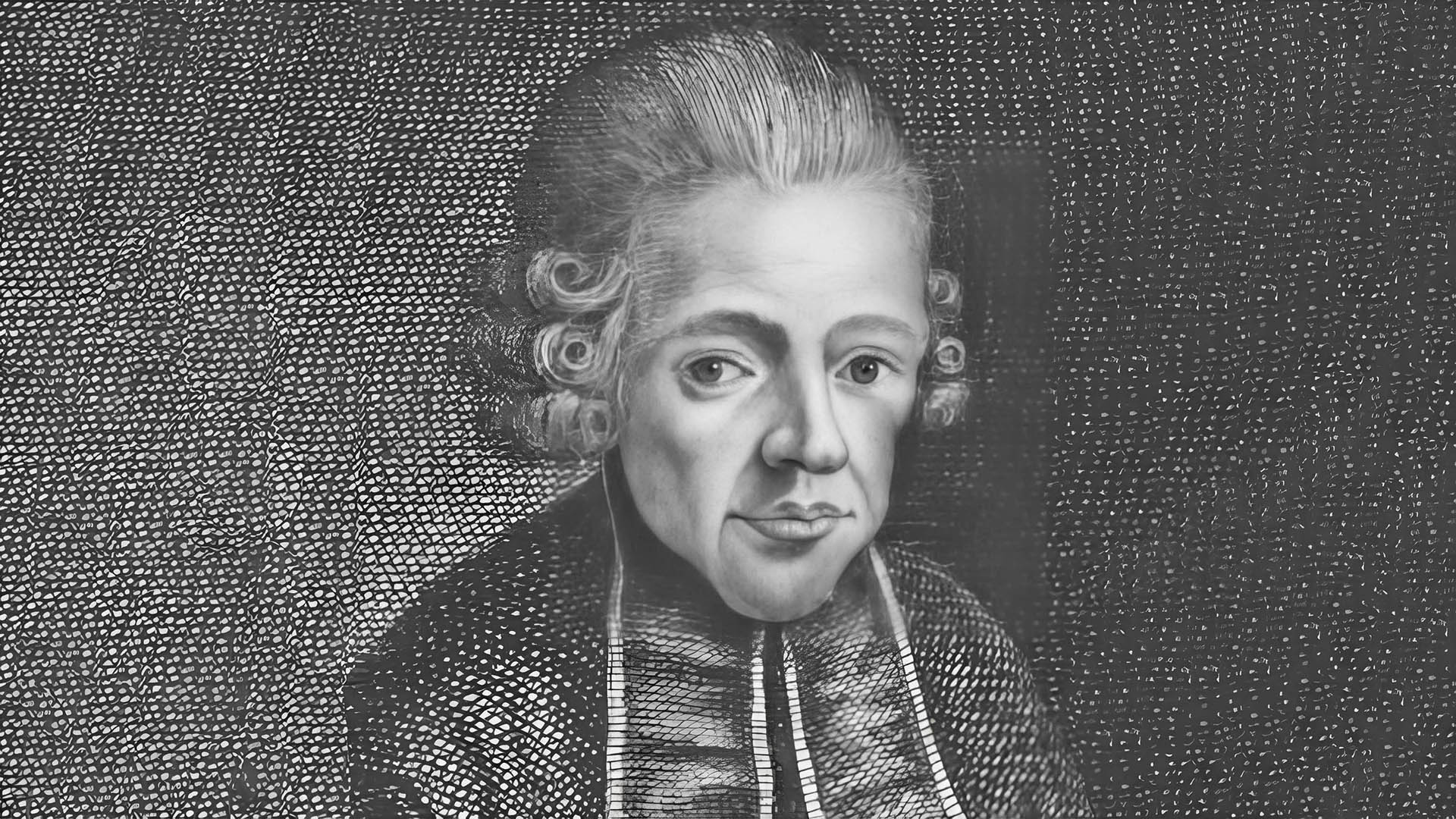Written by Jan Pacelt

Joseph Stepling was a Czech-German Jesuit priest, physicist, mathematician, astronomer, and meteorologist born in Regensburg in 1716. His father was German, and his mother was Czech. After his father’s death, he and his mother moved to Prague. There he studied in Jesuit schools, where he first became interested in physics, mathematics, and astronomy.
At the age of 22, after studying for four years in Brno and Olomouc, he entered the Jesuit order. When he was 31, he started teaching physics and mathematics. After a year of teaching, he refused to teach Aristotle’s philosophy because he felt it was in contradiction with his religious beliefs. Thanks to this, the brotherhood allowed him to give lectures on mathematics and Newtonian physics. He taught future mathematicians, physicists, and astronomers such as Jan Tesanek, Antonin Strnad, and Franz Josef Gerstner.
Later he became the Director of Mathematical and Physical Studies at the University of Prague. He significantly contributed to the construction of the Clementine observatory and became its first director. The empress Maria Theresa started her school reforms, such as secularization. Because of his approach to education, he was one of many people chosen by her to help her. Thanks to his contributions, he became the state director at the Faculty of Philosophy. Even after the abolition of the Jesuit Order, he was left with his professorship. This was possible only because of his contributions to the development of education. Before his death in 1778 he donated 600 books to the university library
He did not limit himself to just teaching. He also wrote studies and conducted observations. His studies were of an overview character, and he wrote them in Latin. In one of his observations, he found out that water can be in its liquid state even if its temperature is below 0 °C. This phenomenon is called super-cooling or under-cooling. He was the first person to observe it. In 1748 the Berlin Academy of Sciences tasked him with measuring the longitude of Prague for their new map of Germany. In the same year, he published an article about this measurement to Nova Acta Eruditorium. This was also the first scientific work made by the Prague observatory. He was also the first one to measure the magnetic inclination of Prague. On account of a request of the Patriotic-economic companies, he also studied protection from lightning. After Prokop Divis, he was the most respected Czech in the field of lightning rods of his time.
For all his contribution to the scientific field and education, Maria Theresa had a statue built in his memory on the grounds of Clementine. His name is written under the windows of the National Museum and is a part of the Seventy-two names of Czech history.